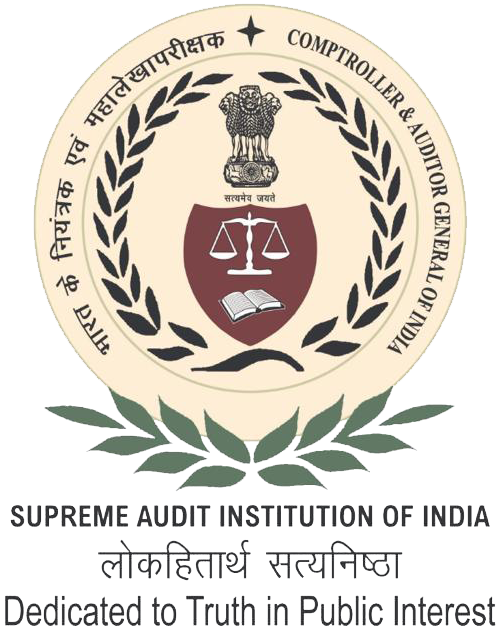- Home
- About Us
- Functions
- Resources
- Publication & Reports
- Contact Us
- Employee Corner
Audit Reports
Compliance
Financial

Kerala
Report No. 1 of 2012 - Compliance and Financial Audit on State Finances of Government of Kerala
Date on which Report Tabled:
Mon 18 Feb, 2013
Date of sending the report to Government:
Government Type:
State
Sector
-
Overview
The State of Kerala, located at the southern end of the country, accounts for one per cent of the total area of the country and about three per cent of the population. The State ranks highest (0.790) in the Human Development Index as against the All India value of 0.467. The literacy rate of 93.91 per cent and life expectancy at birth of 74 years are the highest in the country. Further, the infant mortality rate of the State (12 per thousand) is the lowest in the country. The State has also less population below poverty line as compared to All India average. The State has shown marginally lower economic growth in the past decade. However, its Gross State Domestic Product (GSDP) for the period 2002-03 to 2011-12 has been 15.85 per cent as compared to 14.46 per cent in General Category States (GCS). During this period, its population also grew by 5.03 per cent only (lowest among General Category States) against 13.90 per cent in General Category States. The per capita income compound annual growth rate in Kerala (15.22 per cent) has been higher than that of the GCS (13.09 per cent) in the current decade. However, the State has slightly higher urban and rural inequality compared to the All India average.
This Report of the Finances of the Government of Kerala is being brought out with a view to assess objectively, the financial performance of the State during 2011-12 and to provide the State Government and the State Legislature with timely inputs based on audit analysis of financial data. In order to give a perspective to the analysis, an effort has been made to compare the achievements with the targets envisaged by the State Government in the budget estimates of 2011-12.
Based on the audited accounts of the Government of Kerala for the year ended March 2012, this Report provides an analytical review of the Annual Accounts of the State Government. This Report is structured in three Chapters.
Chapter 1 is based on the audit of Finance Accounts and makes an assessment of the Kerala Government's fiscal position as on 31 March 2012. It provides an insight into trends in committed expenditure and borrowing pattern, besides giving a brief account of Central funds transferred directly to the State implementing agencies through the off-budget
Chapter 2 is based on the audit of Appropriation Accounts and gives a Grant-by- Grant description of appropriations and the manner in which the allocated resources were managed by the service delivery departments.
Chapter 3 is an inventory of the Kerala Government's compliance with various reporting requirements and financial rules. The report also compiles the data collated from various Government departments/organizations in support of the findings.

